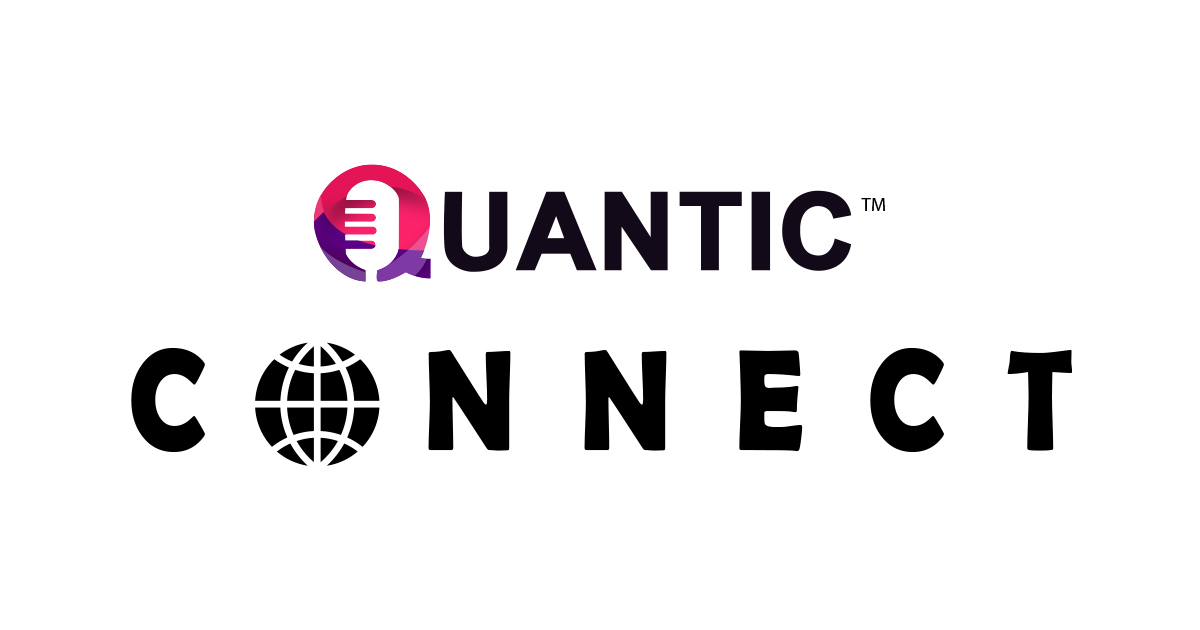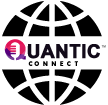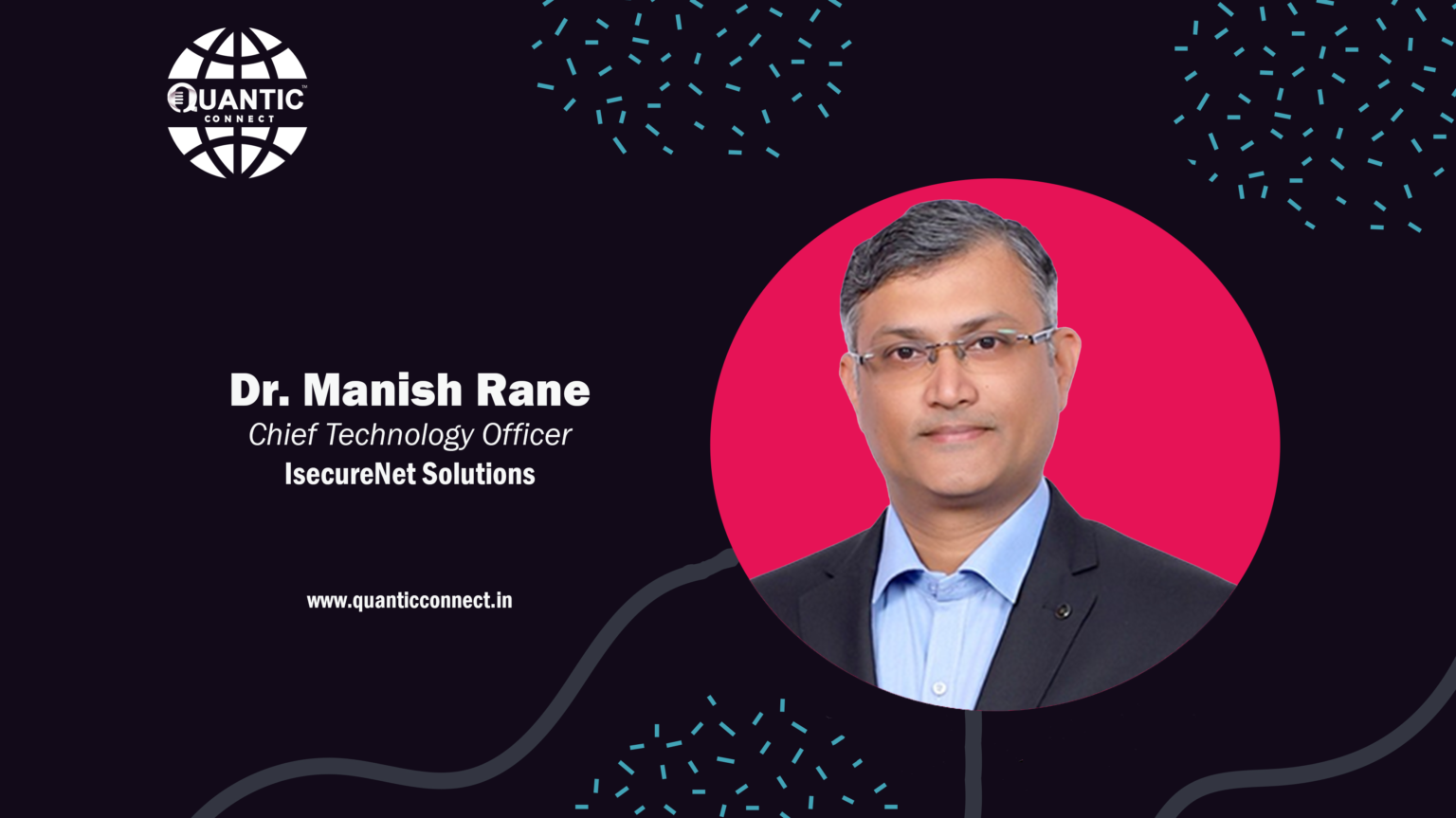Mumbai, October 26: In an era of digital transformation, where organizations face an increasing number of cyber threats and regulatory requirements, effective log management is paramount. Trustwave’s solution offers a suite of powerful features that differentiate it in the market, including API access for custom integrations, scalability to cater to diverse organizational needs, real-time search and analysis capabilities, and seamless integration with other IT management tools. With an emphasis on security, compliance, and efficiency, Trustwave’s Log Management Solutions empower organizations to proactively monitor, analyse, and respond to security events and operational issues, ensuring their digital environments remain secure and resilient.
Join Marquis Fernandes, Business Head- Quantic India, as he sits down with Dr. Manish Rane, Chief technology Officer at Isecurenet Solutions, to discuss this critical topic.
What are the current challenges in the cybersecurity realm and how has iSecureNet helped overcome those challenges?
- Ransomware: Ransomware attacks remain a significant threat in 2023, where cybercriminals encrypt data and demand ransoms for decryption. Customers can protect themselves by regularly backing up data, using robust security software, and educating employees about phishing and malware threats [1].
- IoT Security: The increasing use of Internet of Things (IoT) devices creates vulnerabilities. Customers should secure IoT devices, change default passwords, and regularly update their firmware.
- AI for Good and Evil: Artificial intelligence (AI) is used for both positive and malicious purposes. Customers should use AI-driven security solutions to detect and prevent cyber threats while being cautious about AI-powered attacks.
- Skills Gap: There’s a shortage of skilled cybersecurity professionals. Customers can address this by investing in cybersecurity training and certification for their teams or outsourcing to experienced security providers.
- Phishing: Phishing attacks continue to be a prevalent threat. Customers can mitigate this by educating employees on recognizing and avoiding phishing emails and using email filtering solutions.
- Supply Chain Attacks: Cybercriminals target supply chains to infiltrate organizations. Customers should assess and enhance the security of their supply chain partners and implement robust supply chain risk management strategies.
iSecureNet has foreseen those and below are the steps approached to Overcome these Challenges:
- Regular Training and Education: Provide ongoing cybersecurity training to employees to keep them informed about the latest threats and how to respond to them.
- Patch and Update Systems: Regularly update software and systems to patch vulnerabilities and protect against known threats.
- Multi-Factor Authentication (MFA): Implement MFA to enhance account security and prevent unauthorized access.
- Incident Response Plan: Develop and test an incident response plan to efficiently respond to security incidents.
- Collaborate with Cybersecurity Experts: Work with cybersecurity experts and service providers to bolster your organization’s security measures.
- Security Audits and Assessments: Conduct regular security audits and risk assessments to identify weaknesses and take proactive steps to mitigate them.
- Secure Supply Chain: Ensure your supply chain partners also follow robust cybersecurity practices to prevent supply chain attacks.
By taking these proactive steps, customers can better protect their organizations from the evolving cybersecurity challenges of 2023.
What are the key features and benefits that differentiate Trust wave’s Log Management Solutions from other log management solutions in the market?
Trust Wave Log Management Solutions which is a part of SIEM portfolio offer several key features and benefits that set them apart from other log management solutions in the market:
- API Access: It offer API access beyond indexing, allowing for more extensive control, querying, and retrieval of log data. This flexibility is essential for custom integrations and advanced analytics.
- Scalability: Trust Wave architecture is designed for scalability, making it suitable for both small and large organizations. It can handle vast amounts of log data efficiently.
- Real-time Search and Analysis: It enables real-time search and analysis of log data, providing instant insights into system performance and security incidents.
- Centralized Logging: Trust Wave Log Management Solutions allow centralized logging, making it easy to aggregate logs from various sources and applications. This centralization simplifies log data management.
- Integration with Other Tools: Trust Wave integrates seamlessly with other IT management and monitoring tools, enhancing the overall visibility and efficiency of log management.
- Audit-ready reporting on compliance objectives.
- Near real-time access to security events and logs.
- Powerful correlation and notifications with more than 70 configurable templates.
- Granular permissions support organizational roles.
- Turnkey appliance requires no other infrastructure.
These features and benefits collectively differentiate Trust Wave Log Management Solutions in the market, making them a popular choice for organizations seeking efficient and powerful log management and analysis.
How does Trust wave Web Application Firewall support web application security and adapt to the changing cybersecurity threat landscape?
- Protection Against Common Attacks: WAFs are designed to detect and block common web application attacks, such as SQL injection, cross-site scripting (XSS), and cross-site request forgery (CSRF). They provide a security layer that filters incoming traffic and prevents malicious payloads from reaching the application.
- Continuous Monitoring: WAFs continuously monitor web traffic and application behavior, allowing them to identify and respond to emerging threats in real-time. This adaptability is essential in the ever-evolving threat landscape.
- Rule-Based Security: WAFs use rule sets to define security policies. These rules can be updated and customized to address new vulnerabilities and attack patterns, ensuring that the application is protected against the latest threats.
- Machine Learning and AI: Many modern WAFs incorporate machine learning and artificial intelligence to analyse traffic patterns and detect anomalies. This enables them to identify new and previously unseen threats based on behavioral analysis.
- Threat Intelligence Integration: WAFs can integrate with threat intelligence feeds to receive information about the latest threats and attack sources. This information helps WAFs make informed decisions about blocking or allowing traffic.
- Automated Responses: WAFs can take automated actions to mitigate threats, such as blocking IP addresses, challenging suspicious users with CAPTCHAs, or limiting access to specific parts of the application.
- Logging and Reporting: They provide extensive logging and reporting capabilities, allowing security teams to review and analyze traffic, incidents, and security events. This data is valuable for threat intelligence and compliance reporting.
- Scalability: WAFs can scale to handle increasing web traffic and ensure that they can adapt to growing security needs without compromising performance.
In summary, Web Application Firewalls support web application security by offering real-time protection against common and emerging threats. They adapt to the changing cybersecurity threat landscape through rule updates, machine learning, threat intelligence integration, and automated responses, providing a proactive defense for web applications
Can you explain some key features of NetIQ Identity Manager in the context of Log Management?
- User Provisioning and De-Provisioning: Identity Manager allows for automated user provisioning and de-provisioning, ensuring that users have the right access to resources when needed and that access is revoked when no longer required.
- Single Sign-On (SSO): SSO capabilities enable users to access multiple applications with a single set of credentials, enhancing user convenience and security.
- Role-Based Access Control: Identity Manager typically supports role-based access control, which means that user access is based on their roles within an organization. This simplifies access management.
- User Self-Service: Users can perform self-service tasks such as password resets and profile updates, reducing the workload on IT support.
- Logging and Auditing: The system often includes robust logging and auditing capabilities, recording user access and actions for compliance and security monitoring.
- Integration with Log Management: Identity Manager may integrate with log management solutions to provide centralized log collection and analysis. This integration allows organizations to correlate identity-related events with broader security logs for better threat detection.
- Password Policies and Management: Robust password policies and management features enhance security by enforcing strong password requirements and enabling password synchronization.
- Multi-Factor Authentication (MFA): MFA can be integrated to add an additional layer of security for user authentication.
- Custom Workflow and Approval Processes: Identity Manager often supports the customization of workflows and approval processes to streamline identity-related tasks and maintain security controls.
- Compliance Reporting: The system typically offers reporting and analytics capabilities to help organizations demonstrate compliance with security and privacy regulations.
- It’s important to note that specific features can vary depending on the version of NetIQ Identity Manager and the organization’s specific requirements. For detailed information about NetIQ Identity Manager’s log management capabilities, it’s advisable to refer to their official documentation or contact their support or sales team.
What key insights or innovations would you like to highlight in the realm of cybersecurity and network protection?
Key insights and innovations in the realm of cybersecurity and network protection in 2023 include:
- Zero Trust Security: The adoption of the Zero Trust model, which assumes that no one, whether inside or outside the organization, can be trusted. It emphasizes strict identity verification and least-privilege access.
- AI and Machine Learning: The increased use of artificial intelligence (AI) and machine learning for threat detection and response. These technologies help identify and respond to threats in real-time.
- Cloud Security: With the continued migration to the cloud, there is a focus on improving cloud security, including cloud-native security solutions and secure cloud configurations.
- Ransomware Resilience: Innovations in ransomware resilience strategies, such as decentralized storage and robust backup and recovery solutions.
- 5G Security: As 5G networks become more prevalent, there is a need for enhanced security measures to protect the increased data flow and connected devices.
- IoT Security: The Internet of Things (IoT) introduces new security challenges. Innovations focus on securing IoT devices and networks.
- Cybersecurity Workforce: The shortage of cybersecurity professionals has led to innovations in workforce development, including upskilling and automation of routine tasks.
- Supply Chain Security: Enhanced supply chain security measures to mitigate third-party and vendor-related risks.
Can you help with some use cases where Log Management Solutions has yielded benefits for your clients?
Log Management Solutions have yielded benefits for organizations:
- Security and Threat Detection: Log management solutions help organizations detect and respond to security threats by collecting and analysing logs from various sources. This includes identifying unusual activities, unauthorized access, and potential breaches.
- Compliance and Audit: Log management is essential for meeting regulatory compliance requirements. Organizations can use logs to demonstrate that they are following security and privacy standards and have a record of activities.
- Incident Response: Log management aids in incident response by providing a detailed timeline of events leading up to and during a security incident. This information is crucial for investigating and mitigating the impact of breaches.
- Performance Monitoring: Log data allows organizations to monitor the performance of their systems and applications. It helps in identifying bottlenecks, troubleshooting issues, and optimizing performance.
- Operational Efficiency: Log management solutions can improve operational efficiency by providing insights into system and application health. This helps in proactively addressing issues, reducing downtime, and improving service quality.
- Resource Management: Log data is invaluable for managing and maintaining IT systems. It helps in resource allocation, capacity planning, and ensuring the efficient use of hardware and software resources.
- Application Health Assessment: Log analysis can assess the health of applications, providing insights into error rates, response times, and user experiences. This is essential for ensuring high-quality application performance.
- Cost Reduction: By identifying and resolving issues more quickly, log management can lead to cost savings. It reduces the time and resources required for troubleshooting and incident response.
- Historical Data Analysis: Log data provides historical records that can be analysed for trends, patterns, and anomalies, aiding in strategic decision-making.
- User and Customer Experience: Monitoring logs can help organizations understand user behavior and customer experiences, enabling them to improve their products and services.
These are just a few examples of how log management solutions can benefit organizations. The specific benefits depend on an organization’s goals, industry, and the scale of its IT infrastructure.
What are some major challenging accomplishments for iSecureNet till now?
iSecureNet, is the intelligence-led security company. Working as a seamless, scalable extension of customer security operations, while specific challenging accomplishments can change over time, here are some significant challenges that iSecureNet may be addressing:
Cybersecurity and Data Privacy: With the increasing importance of data security and privacy, iSecureNet, like many organizations, must continuously enhance its cybersecurity measures and ensure compliance with evolving data protection regulations. Similar way help customer to achieve the cybersecurity primarily. With this approach, we eliminate the complexity and burden of cyber security for organizations struggling to prepare for, prevent and respond to cyber-attacks.
Digital Transformation: Helping clients navigate the complexities of digital transformation is a constant challenge. iSecureNet needs to stay at the forefront of emerging technologies to provide innovative solutions to its clients.
Regulatory Compliance: Evolving regulations, especially in the financial and healthcare sectors and with our competency in this field, require constant monitoring and adaptation to ensure clients remain compliant.
To know more about us / publish your article, reach us at
www.quanticindia.com
marquis@quanticindia.com



